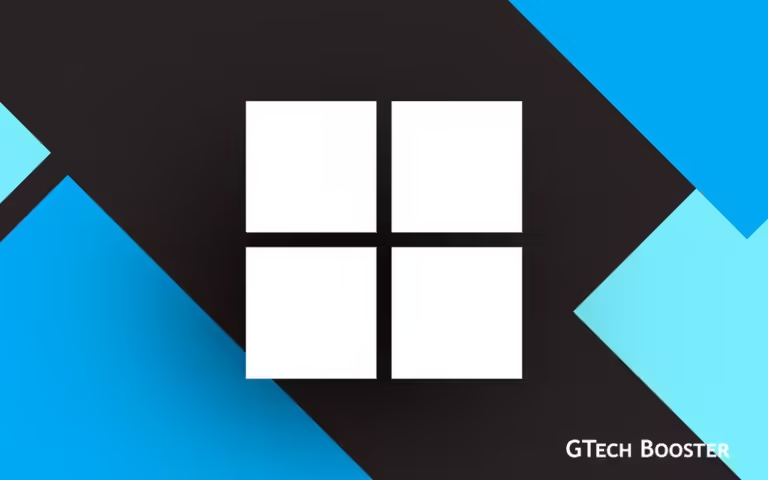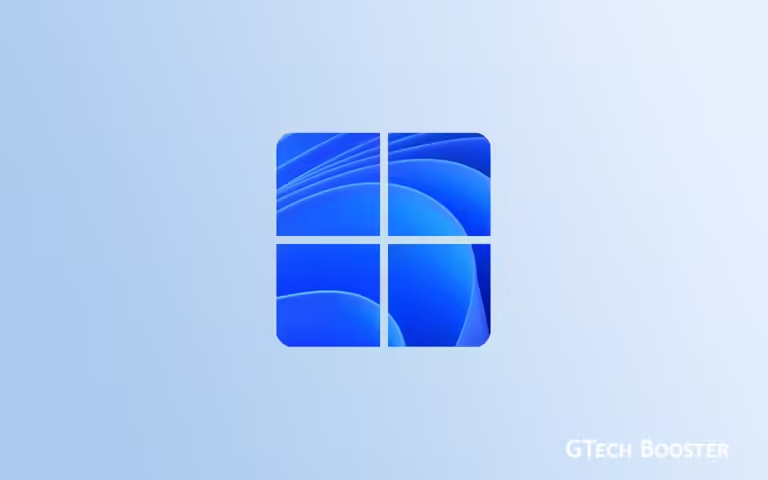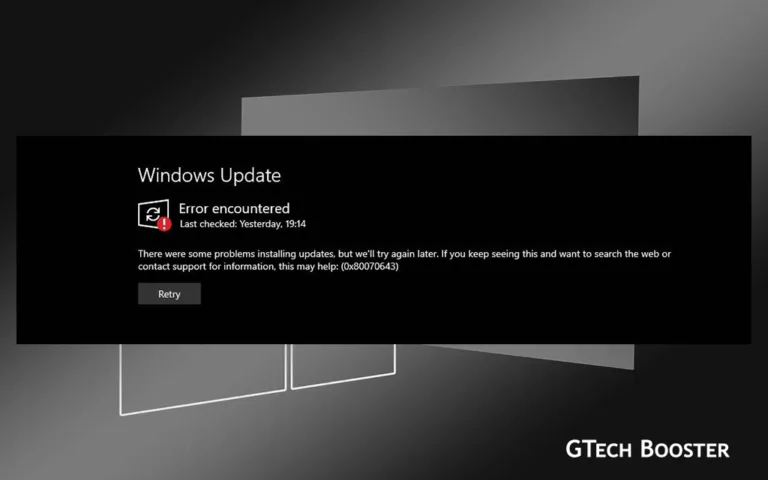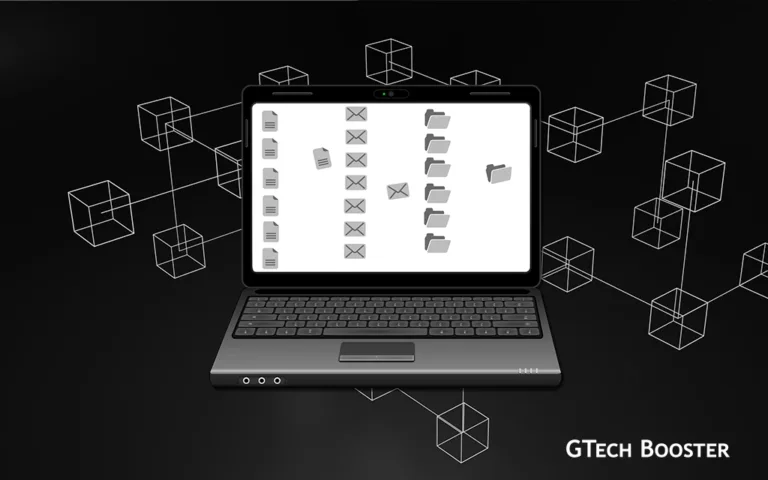A free and open source operating system ReactOS for Windows programs

ReactOS is a free and open-source operating system that aims to be binary-compatible with Windows software and drivers . It is designed to be lightweight, stable, and fast, and is intended to provide an alternative to Windows for users who are looking for a free and open-source operating system. It is written primarily in C and C++ language.
ReactOS has been under development for over two decades and has a dedicated community of developers who continue to work on improving the operating system and making it more usable. The operating system is designed to be compatible with Windows operating systems and applications, which means that users can run Windows software and drivers on ReactOS without any modification. This is achieved by implementing the same Windows API functions that are used by Windows, which makes it possible to run many Windows applications natively on ReactOS. ReactOS also comes with its own set of built-in applications, including a text editor, a file manager, and a task manager.
While ReactOS is still under development and is not yet considered stable enough for everyday use, it has made significant progress in recent years. The operating system can now run many Windows applications, including Firefox, LibreOffice, and the GIMP, and it has support for many popular hardware devices. ReactOS has a graphical user interface that resembles the Windows desktop, and it supports multiple desktop environments, including the classic Windows theme and a modern theme based on Windows 10. Additionally, ReactOS supports a variety of file systems, including FAT32 and NTFS, which means you can write to those file systems just like you can on Windows.

Features that would interest you
ReactOS has several features, including:
- Windows Compatibility: ReactOS is designed to be binary-compatible with Windows software and drivers. This means that Windows applications and drivers can be run on ReactOS without any modifications.
- Graphical User Interface: ReactOS has a graphical user interface that resembles the Windows desktop. It supports multiple desktop environments, including the classic Windows theme and a modern theme based on Windows 10.
- Open Source: ReactOS is free and open source. This means that the source code is available for anyone to access and modify, and the operating system can be distributed and installed freely.
- Lightweight: ReactOS is designed to be lightweight, stable, and fast. This makes it suitable for use on older hardware and low-power devices.
- Kernel Improvements: ReactOS has made several kernel improvements, including support for Intel e1000 NIC driver, user-mode DLLs, and font improvements.
- Self-Hosting Capacity: ReactOS 0.4.9 introduced self-hosting capacity that allows users to use a version of ReactOS on top of a ReactOS installation.
It is an interesting alternative to Windows that offers many of the same features and compatibility with Windows software and drivers while being free and open source.
System requirements
The minimum system requirements for ReactOS vary slightly depending on the version and source, but generally include:
- Processor: Pentium-class or newer
- RAM: at least 64 MB (Recommended: 256 MB)
- Hard Disk: IDE/SATA hard disk drive with at least 350MB of space (Recommended: 5 GB+)
Debug builds may require more RAM and hard disk space . Hardware requirements may vary depending on the specific use case and the software packages that will be running on ReactOS. It is always recommended to review the specific system requirements for the version of ReactOS that you plan to use before installation.
Getting started with ReactOS
Getting started with ReactOS is relatively straightforward. The first step is to download the installation image file from the official ReactOS website. Once you have the installation image file, you can create a bootable CD-ROM or USB drive.
To install ReactOS, you will need to boot your computer from the CD-ROM or USB drive, just like you would when installing any other operating system. The installation process itself is similar to that of installing Windows, with a few minor differences.
Once you have installed ReactOS, you can use it just like any other operating system. You can install applications, create and edit documents, and browse the web, among other things. ReactOS also supports a wide range of Windows applications, so you can run many existing Windows apps without modification.
If you are interested in contributing to the development of ReactOS, you can visit their official website or GitHub repository to learn more about the development process and how to get involved. The ReactOS team welcomes contributions from developers, translators, and anyone else who wants to help improve the project.
ReactOS is a free and open-source operating system for personal computers that aims to be binary-compatible with Windows software and drivers . It is still under development, but it has made significant progress in recent years and has a dedicated community of developers working on improving and expanding its capabilities. If you are interested in trying out an alternative to Windows that is free and open-source, you may want to check out ReactOS.

















